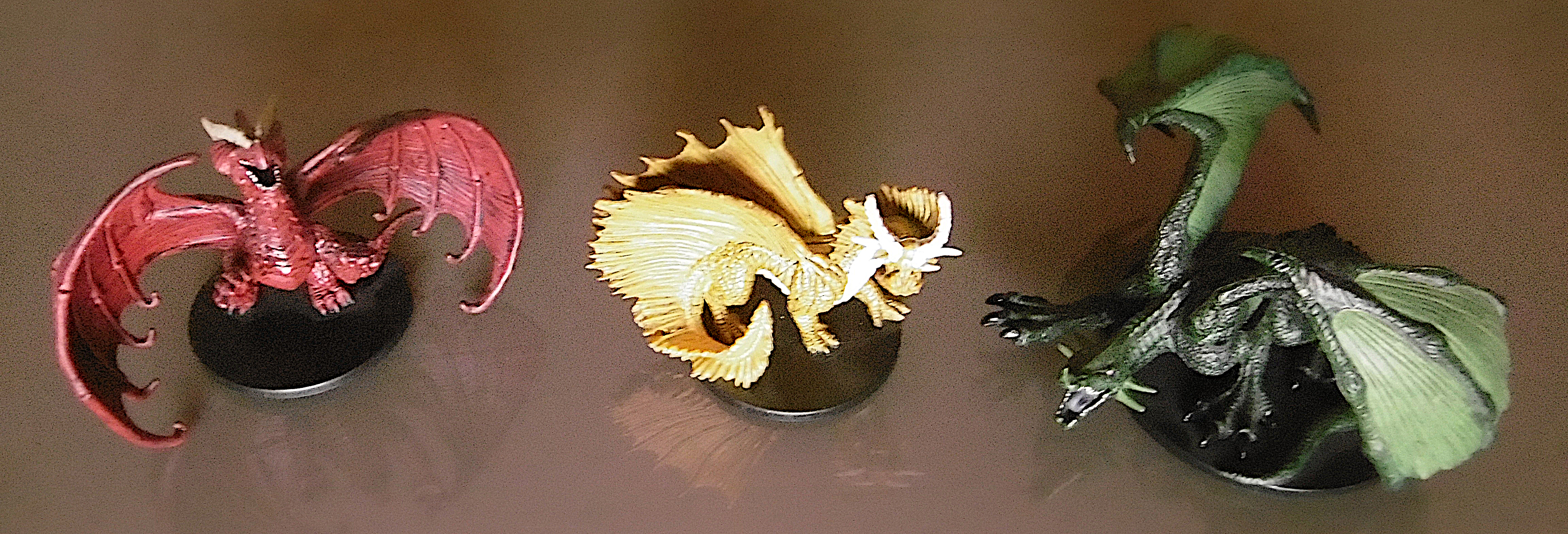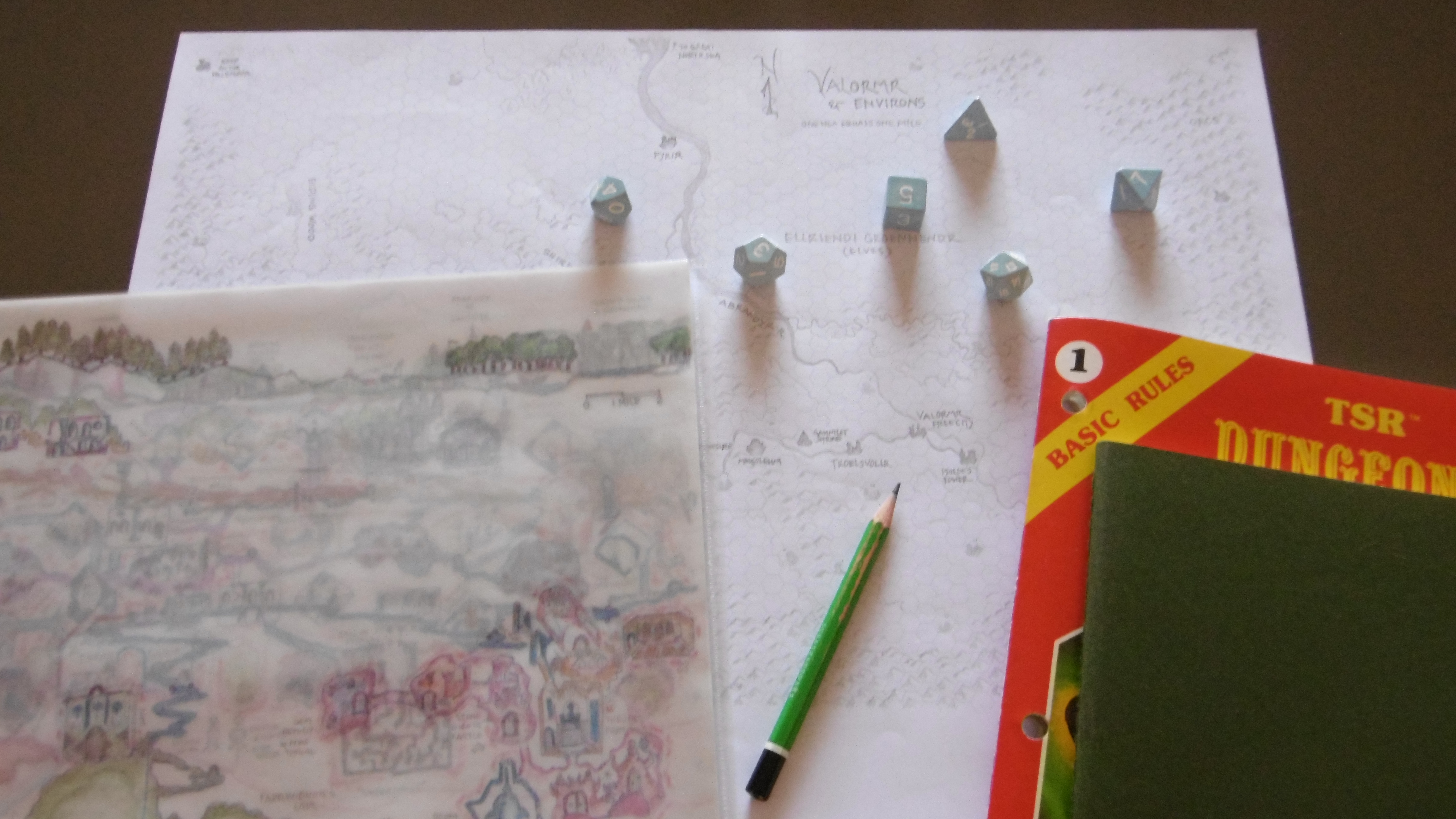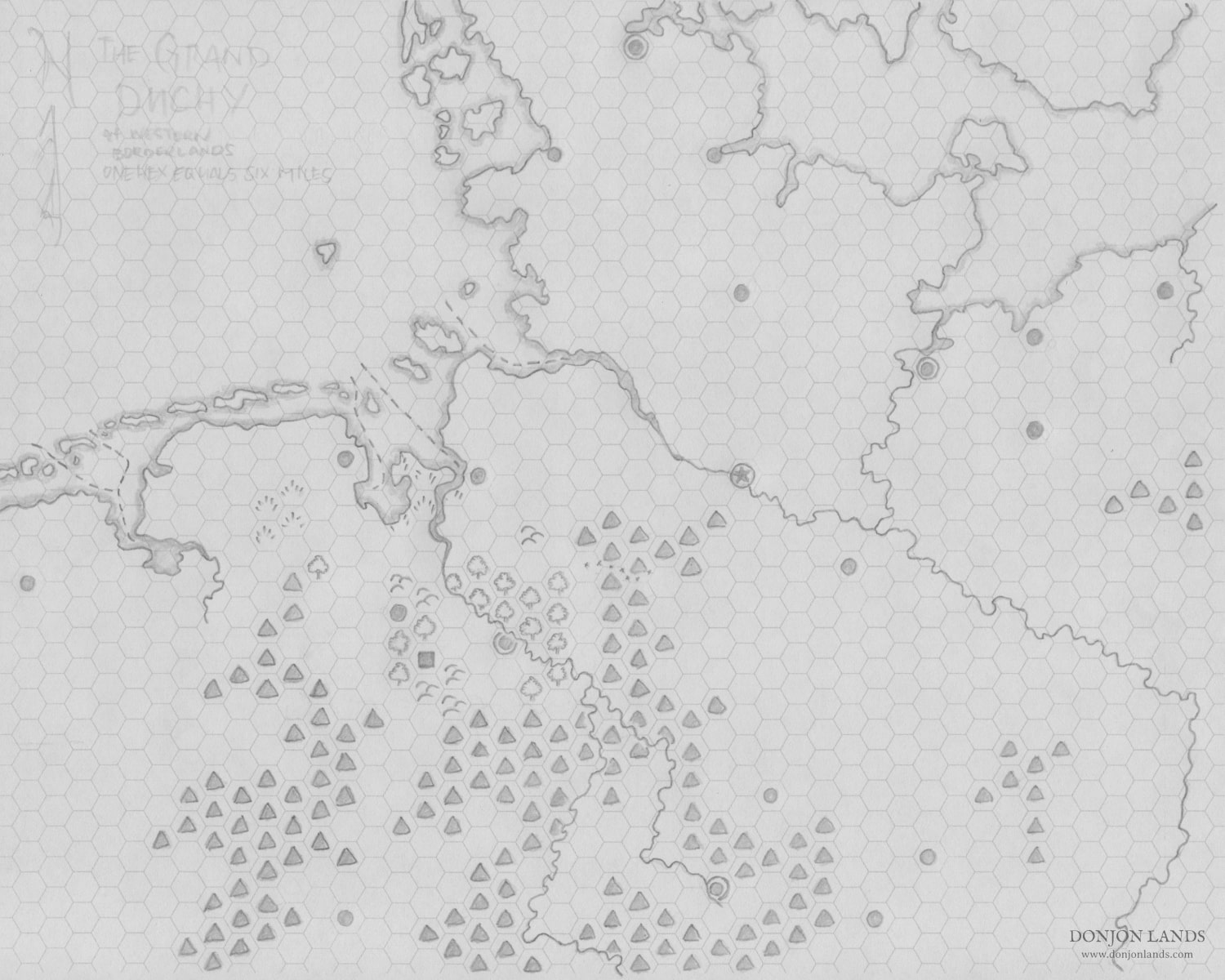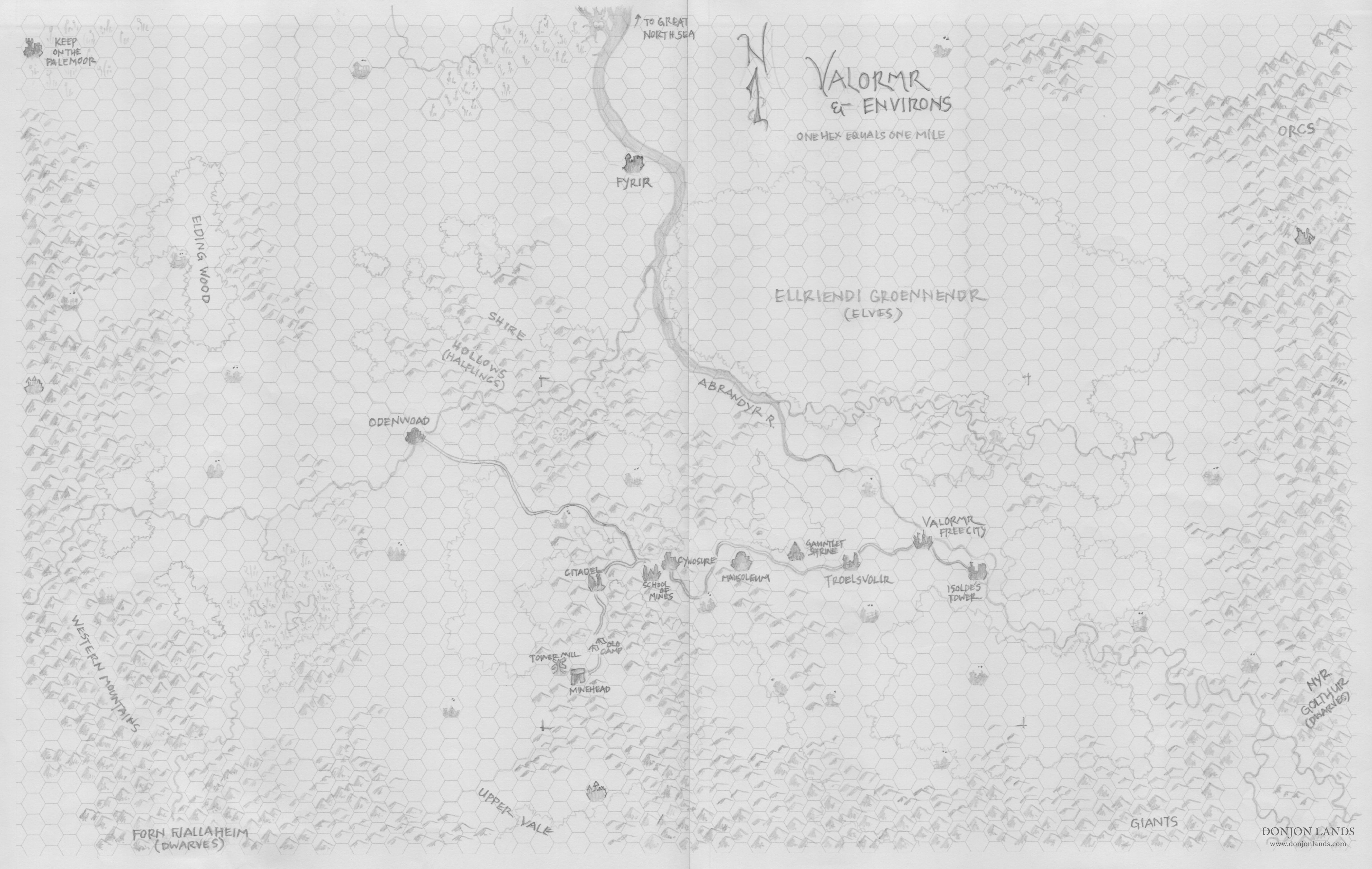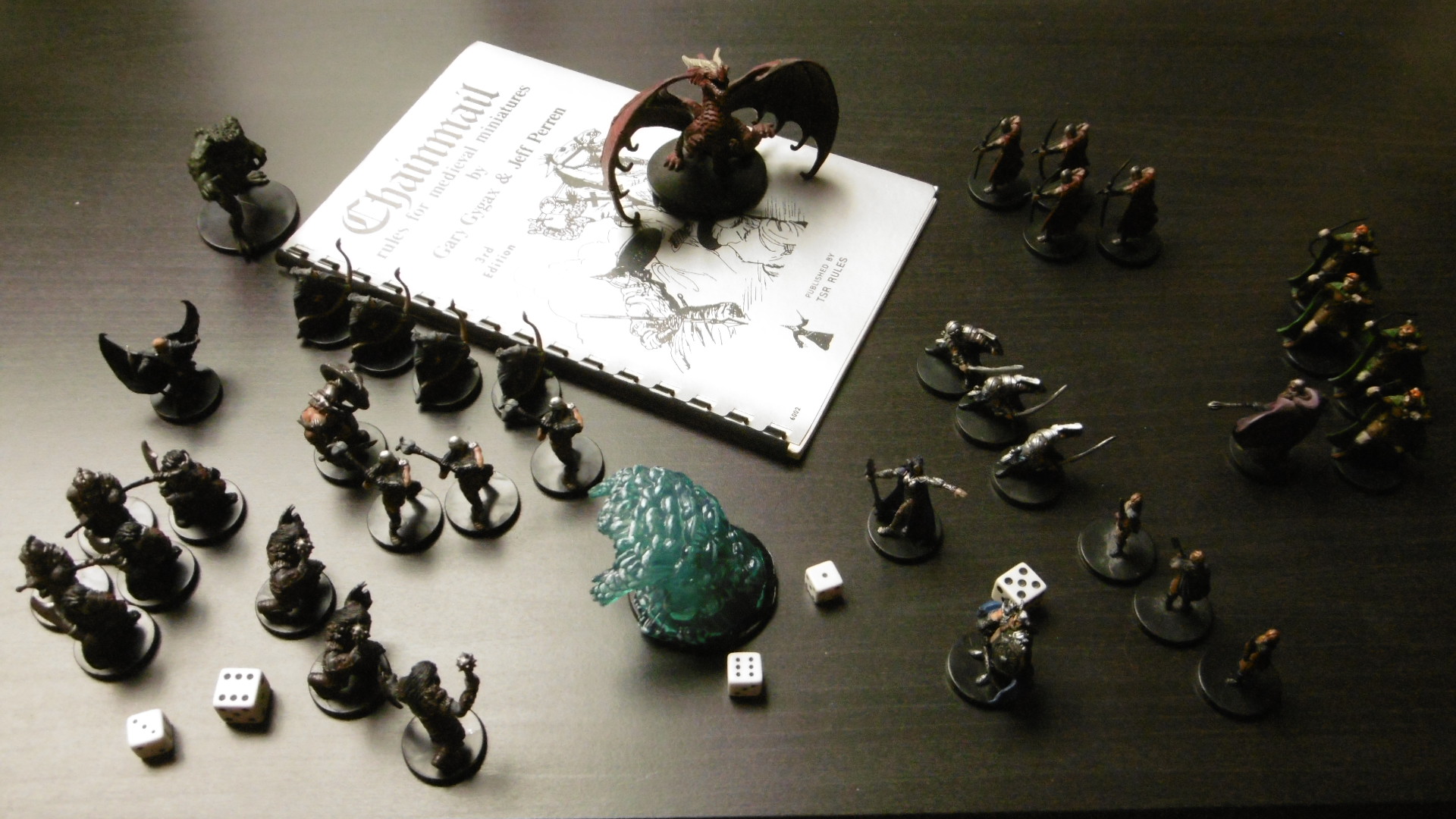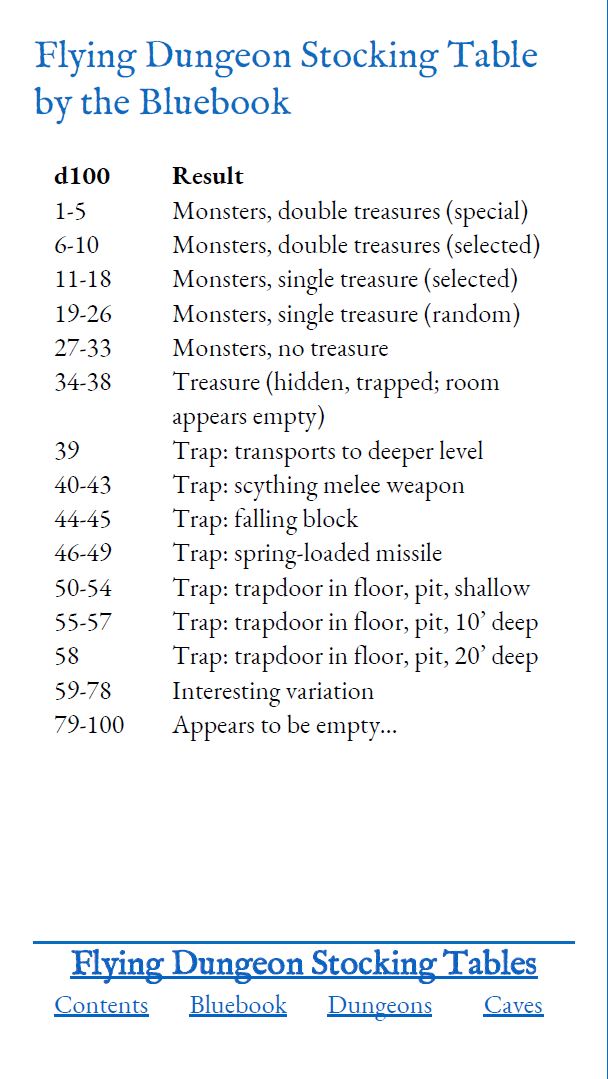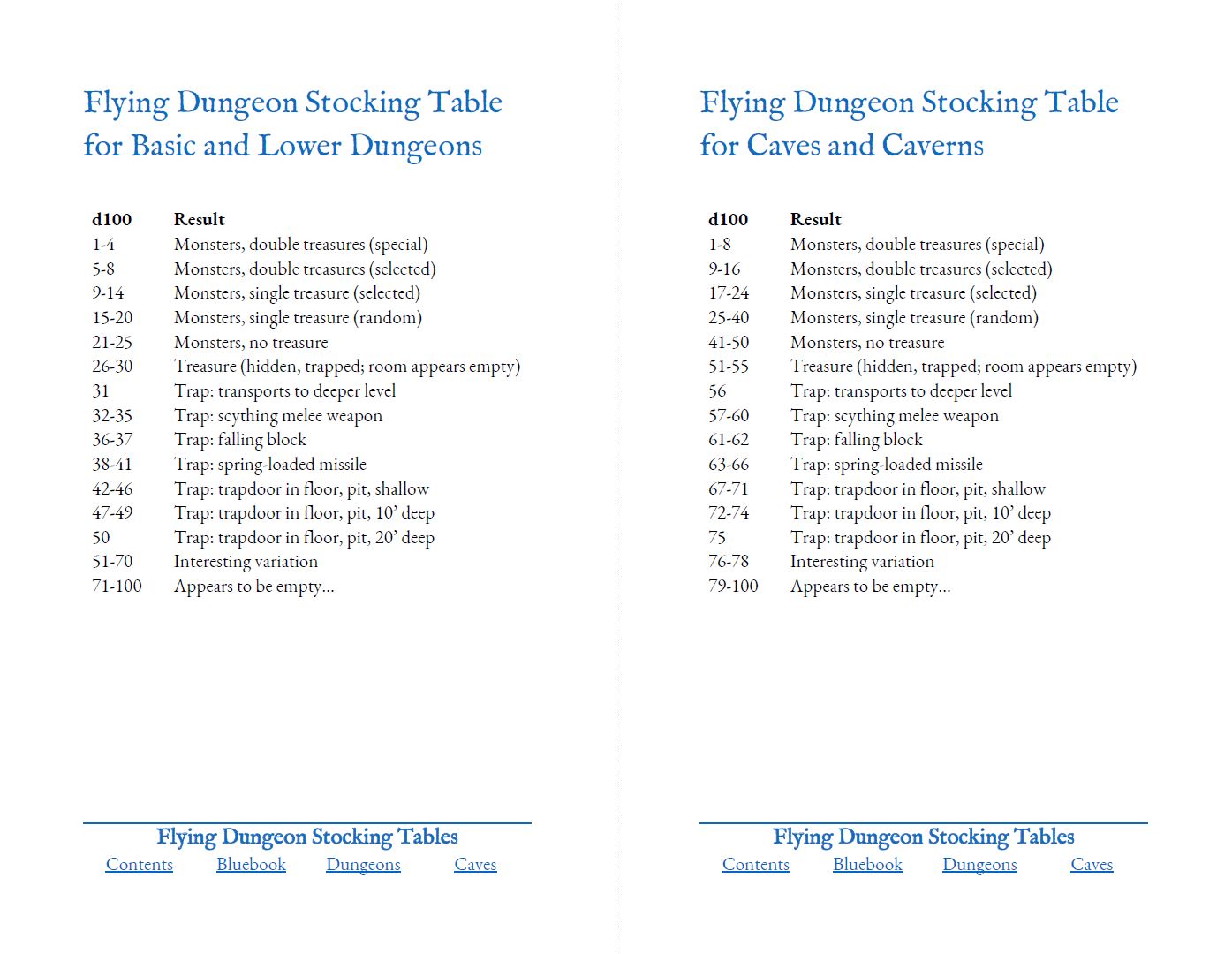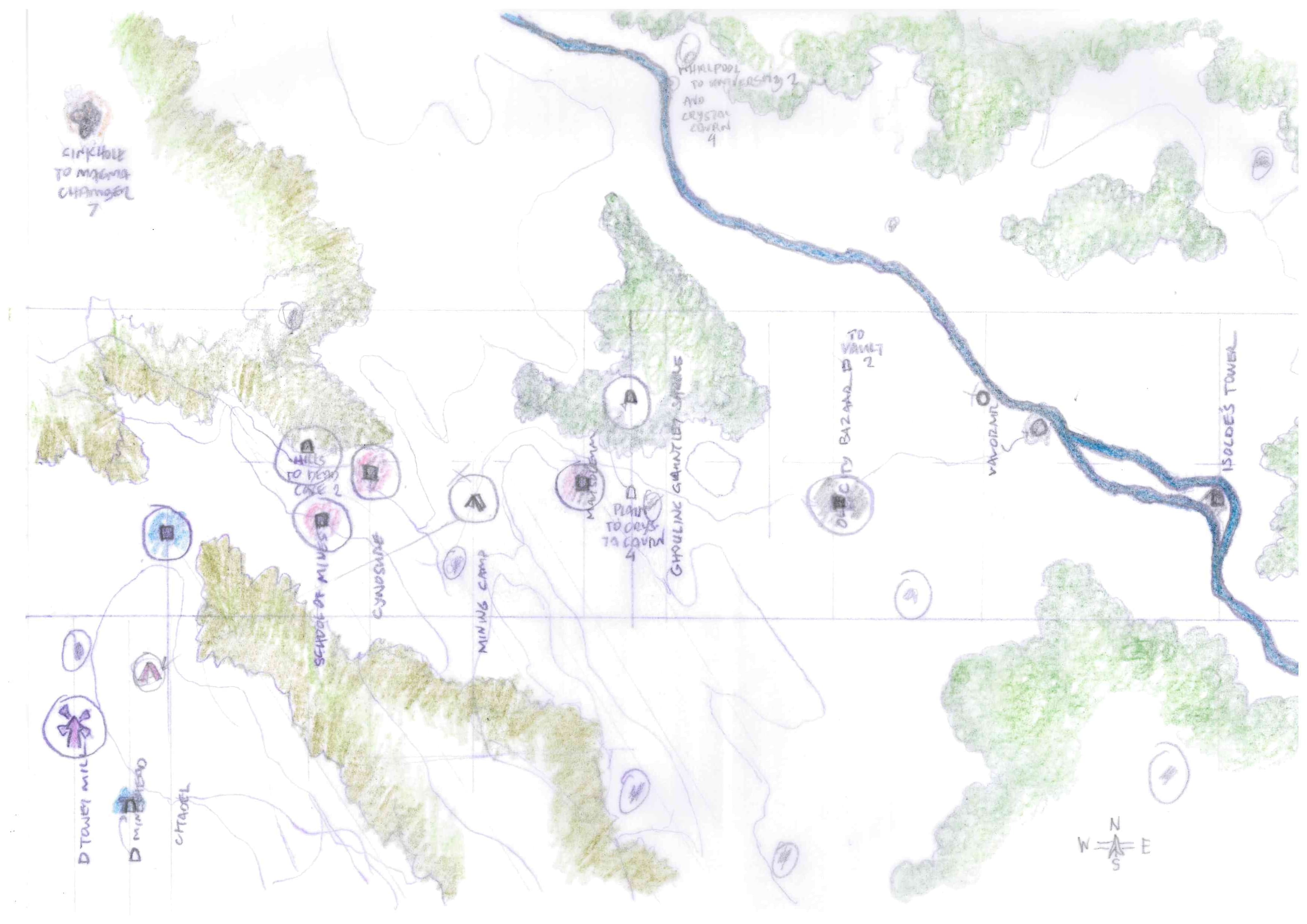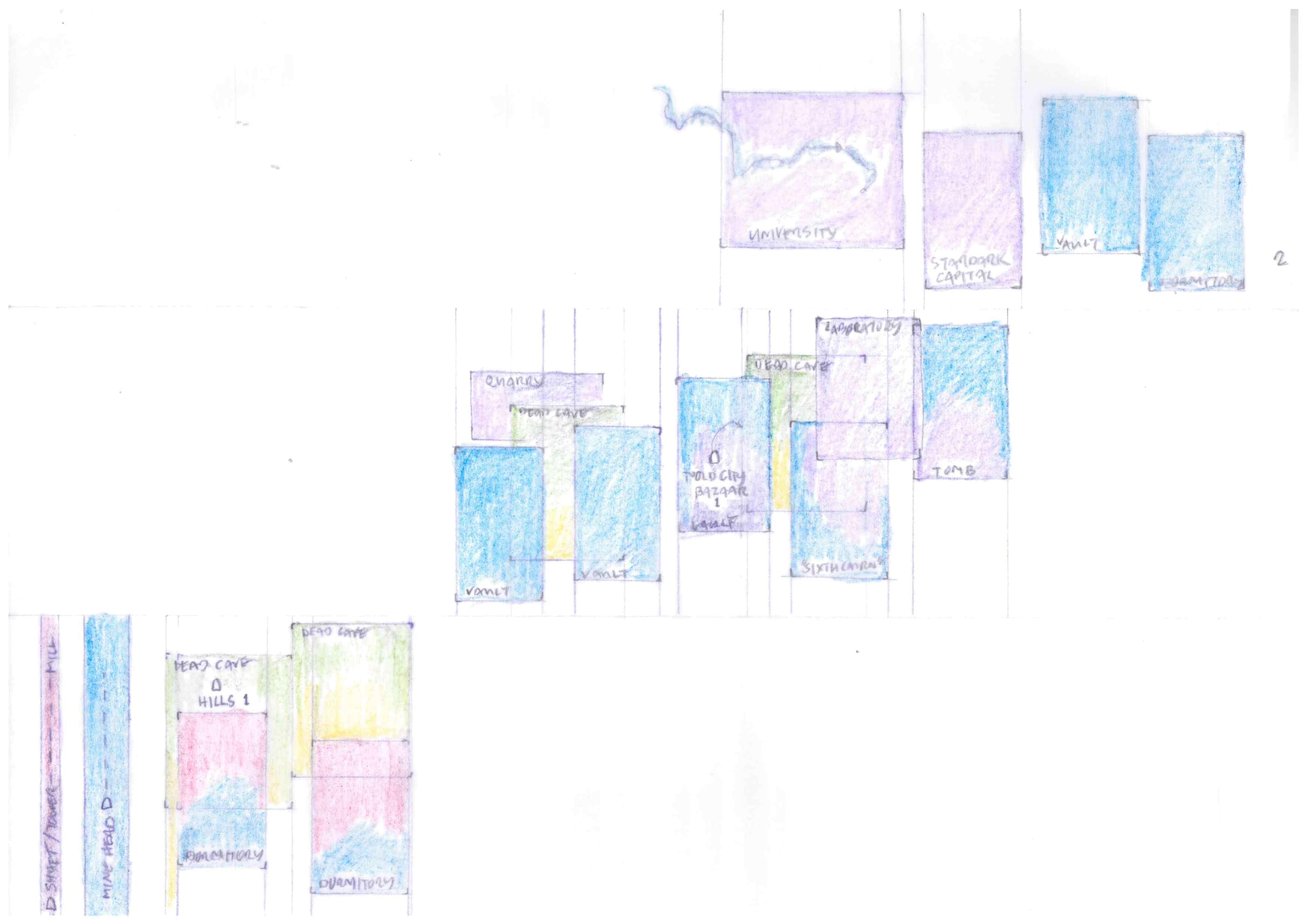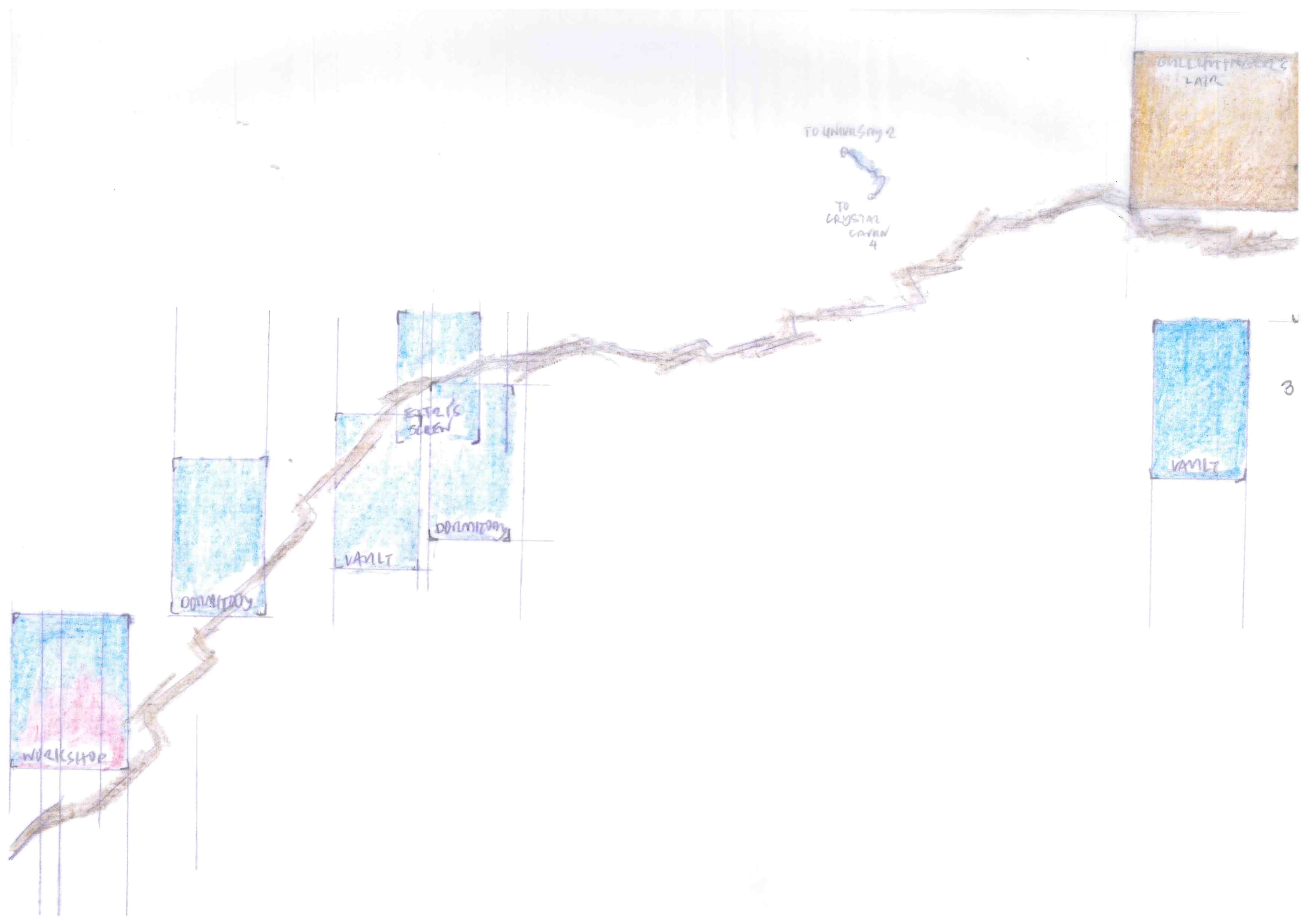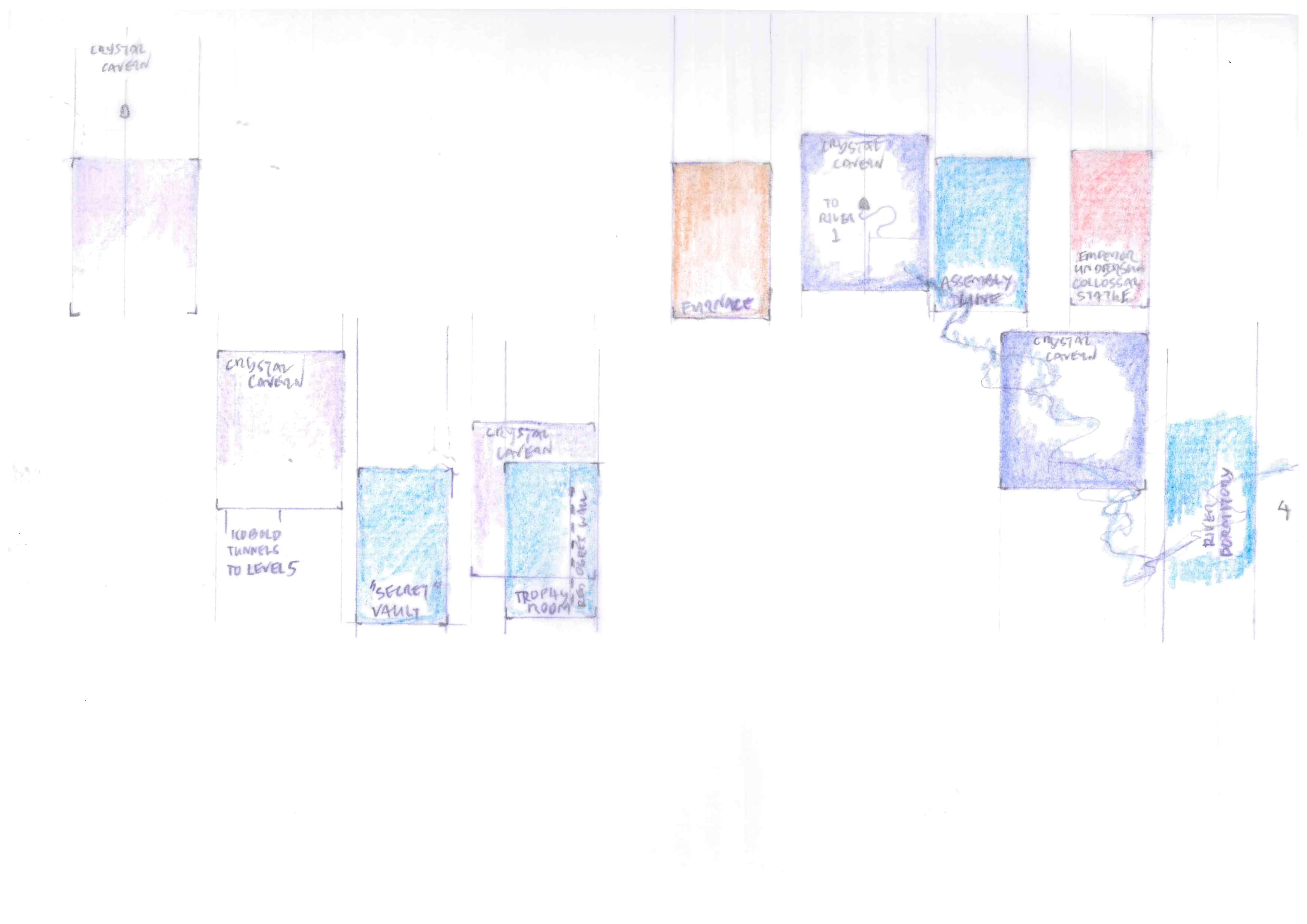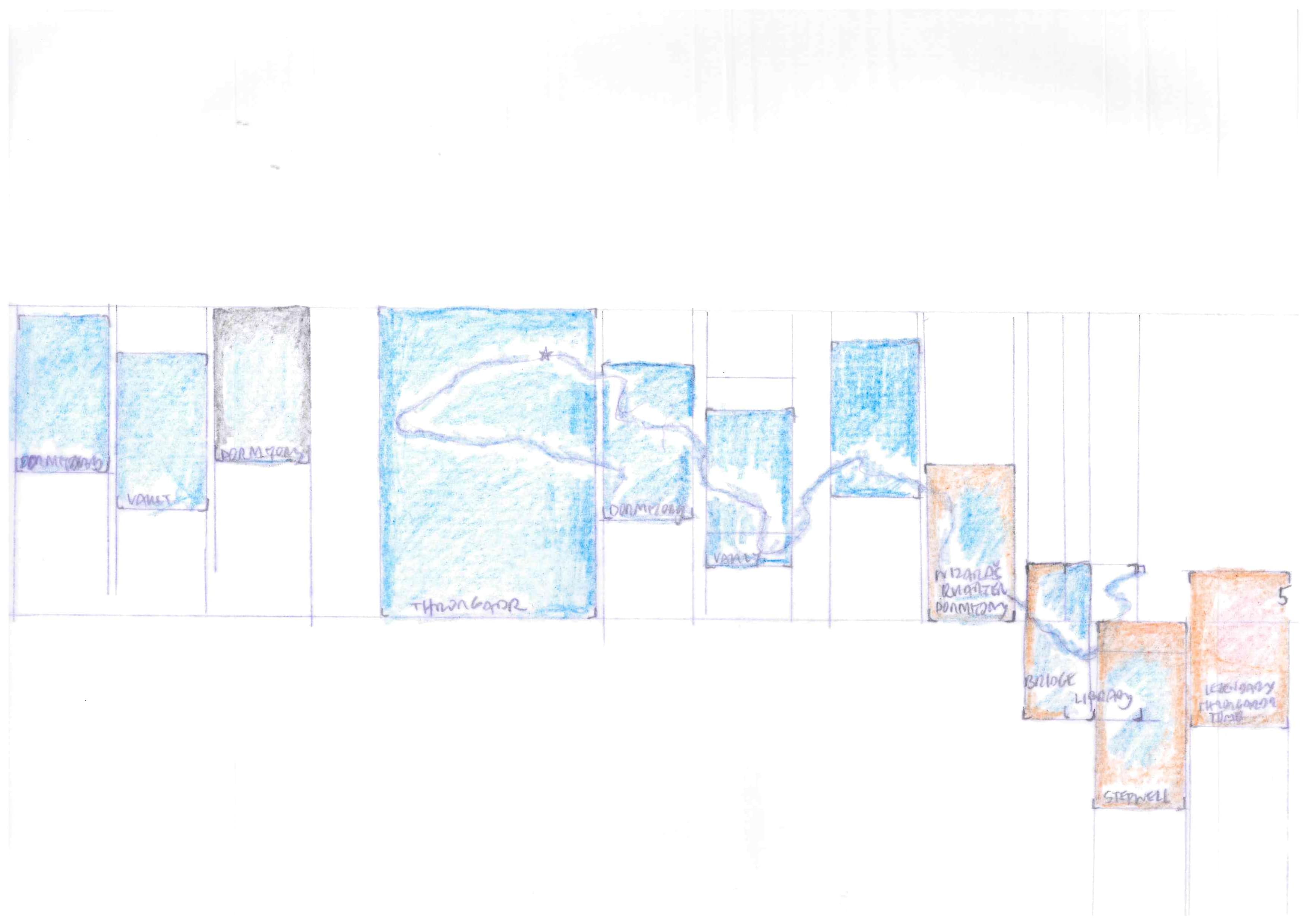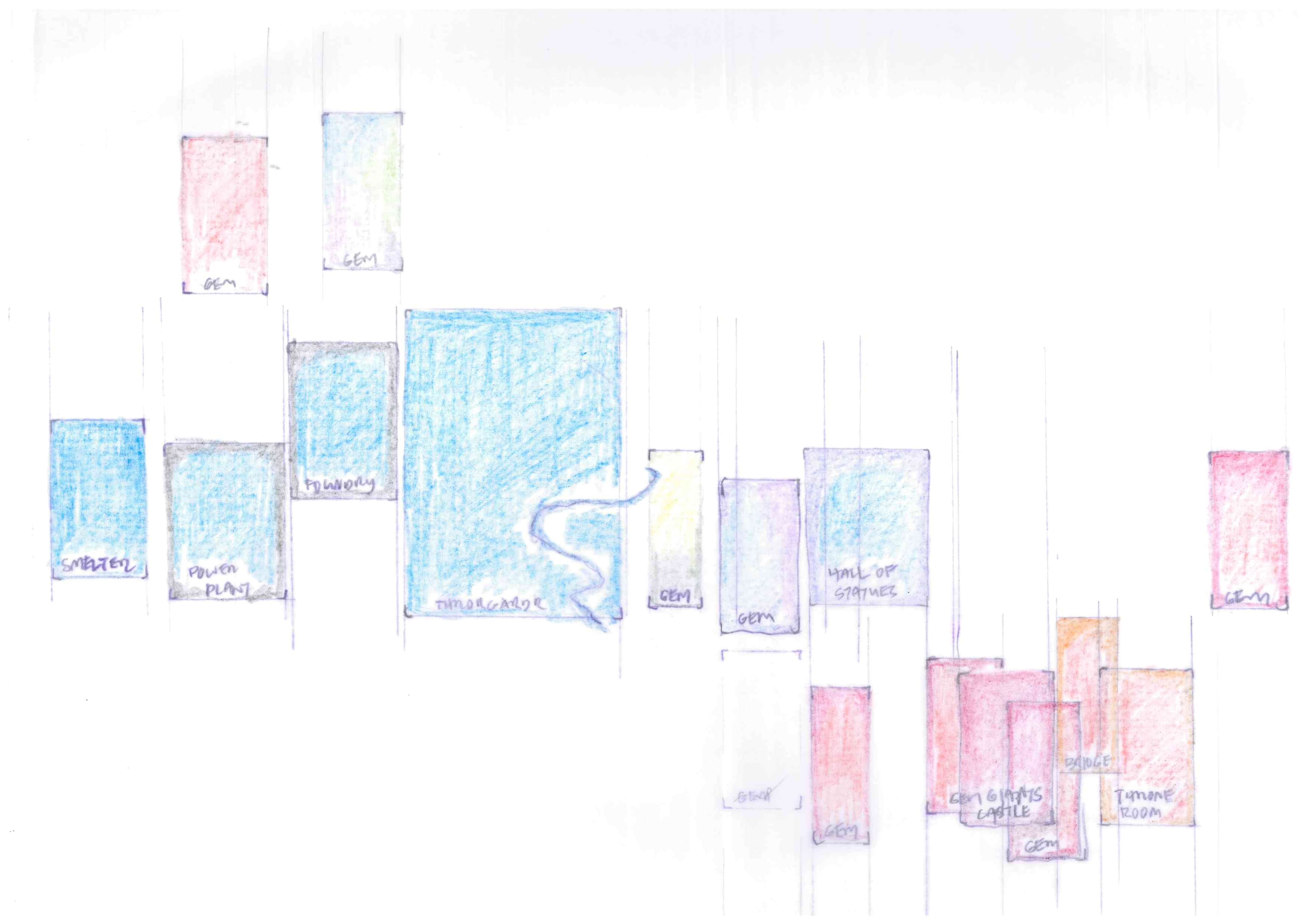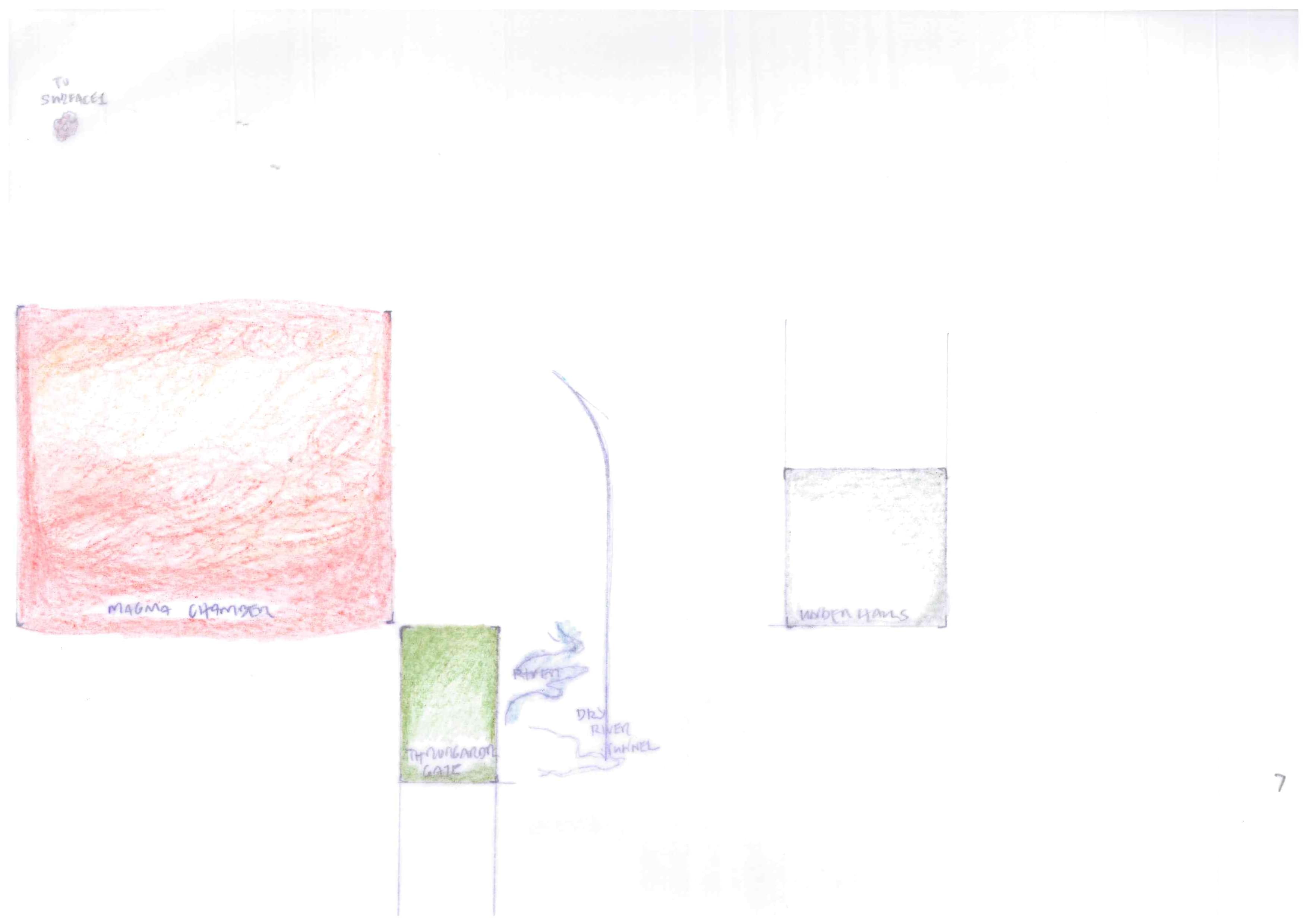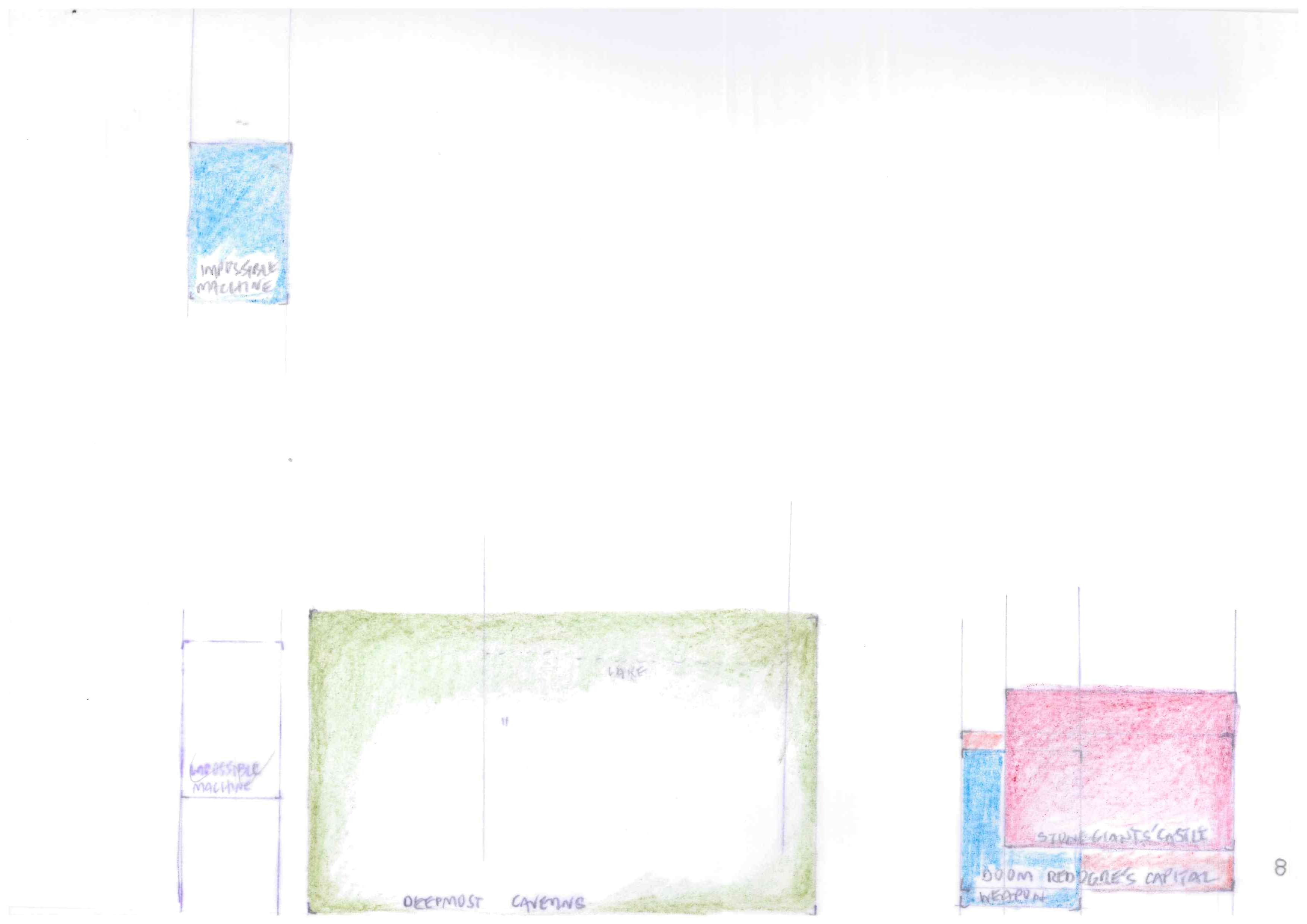Myths and Legends
Myths
In the dream of the dragon, Earth
Was ruled by the Greater Ones,
Who created magic and with it
Made themselves from Men, the First Race.
From the flesh-blood of Men did make
The Greater Ones they themselves.
For nothing on Earth was beyond
Their power with the magic they created.—excerpt from Song of the World Dragon
Song of the World Dragon is an ancient text, one of the earliest non-magical written works, which recounts the myths of the world’s origin. Here I summarize three.
Greater Ones
A superintelligent species of beings once lived in a world known as Earth. Called the Greater Ones, its members wielded power as gods. They created magic, and they built the donjons, whose spires, now in ruins, still punctuate the horizon. They also created the demihuman species and monsters. The Greater Ones did not survive the Rending.
The Rending
The Earth of the Greater Ones ended in a cataclysmic apocalypse—an explosion so powerful as to tear the world to pieces and rip a hole in space and time. The perpetrator was the Illmind, a sinister collective of hyperintelligent, extra-dimensional beings.
World Dragon
Through the rent was thrown one part of Earth. The Ershard fell into a void, where there was only a far away light and a cosmic dragon. The dragon knew that the few surviving creatures would not long live in the void so far from any energy source. So, the dragon took the Ershard on its back and carried it toward the light. Now, the Ershard, still on the dragon’s back, orbits the light.
Legends
These legends, known in the north, are told about the Throrgrmir dungeon. The authoritative source for these legends, among many others, is Viggo Eskilsson’s Histories of Throrgrmir From Great Wyrm to Age of Dragons.
Ormr and Wyrmlings
When the Throrgrmir dwarves dug too deep, they awoke a primordial wyrm. She crept from the depths into their underground city and fed on its populace. The dwarves fought the wyrm back to her lair.
But, now nourished, the primordial wyrm descended to the Underside of the Ershard, where she mated with the World Dragon. In her lair below the dwarven city, she laid seven eggs. Six hatched.
Named Ormr by the dwarves, the primordial mother is also know as the Great Wyrm. Her spawn, as wyrmlings.
Six wyrmlings scurried into the dwarven domain. They devoured any dwarves who stood in their way, but what they sought was treasure. They stole the dwarves’ gold, gems, and fine-made works and took them back to the wyrm’s lair.
Since Stardark’s End, naught is known about the Great Wyrm. Perhaps she died in her lair, deep below the surface. But some say she left the dungeon, flying on wings to the cold northern ends of the Ershard. Others say she descended again to the Underside to mate once more with the World Dragon.
The wyrmling clutch was decimated during the Stardark Empire. The last wyrmling, after delivering its touch, was killed by Faerunduine’s claws.
Wyrm-Touched Dragons
During the reign of Dagrun Stardark, the wyrmlings continued their scavenging for treasure. They stole from any creature possessing wealth: ogres, giants, demons, as well as dragons. But a wyrmling’s touch effected dragons. It made them stronger, more intelligent, more ferocious.
Three dragons were so touched:
- Ixmundyr: Red dragon. Made his lair in a magma chamber. Slain.
- Gullhringr: Gold dragon. Lair unknown. Disappeared with all the dungeon’s inhabitants at Stardark’s End.
- Faerunduine: Green dragon. Lairs in the Deepmost Caverns. Recently gained a cult following. A temple at the Throrgardr Gate is dedicated to her.
The Seventh
No one knows whatever happened to the Great Wyrm’s unhatched egg. In antique texts—most by Stardark’s mages and by the fiend Murtax, it is called “the Seventh.”
Wyrmwyrd
The Throrgrmir dwarves made a device called the Wyrmwryd to control dragons. During her reign, Dagrun Stardark used the Wyrmwyrd to subdue the Great Wyrm.
